Before he was Warchief of the Horde, Thrall was a slave in the Orcish internment camp of Durnholde Keep. The Bronze Dragonflight, working to save his life and protect the timeline, uses their powers to send players back seven years before the events of World of Warcraft to protect the future Warchief from assassins.
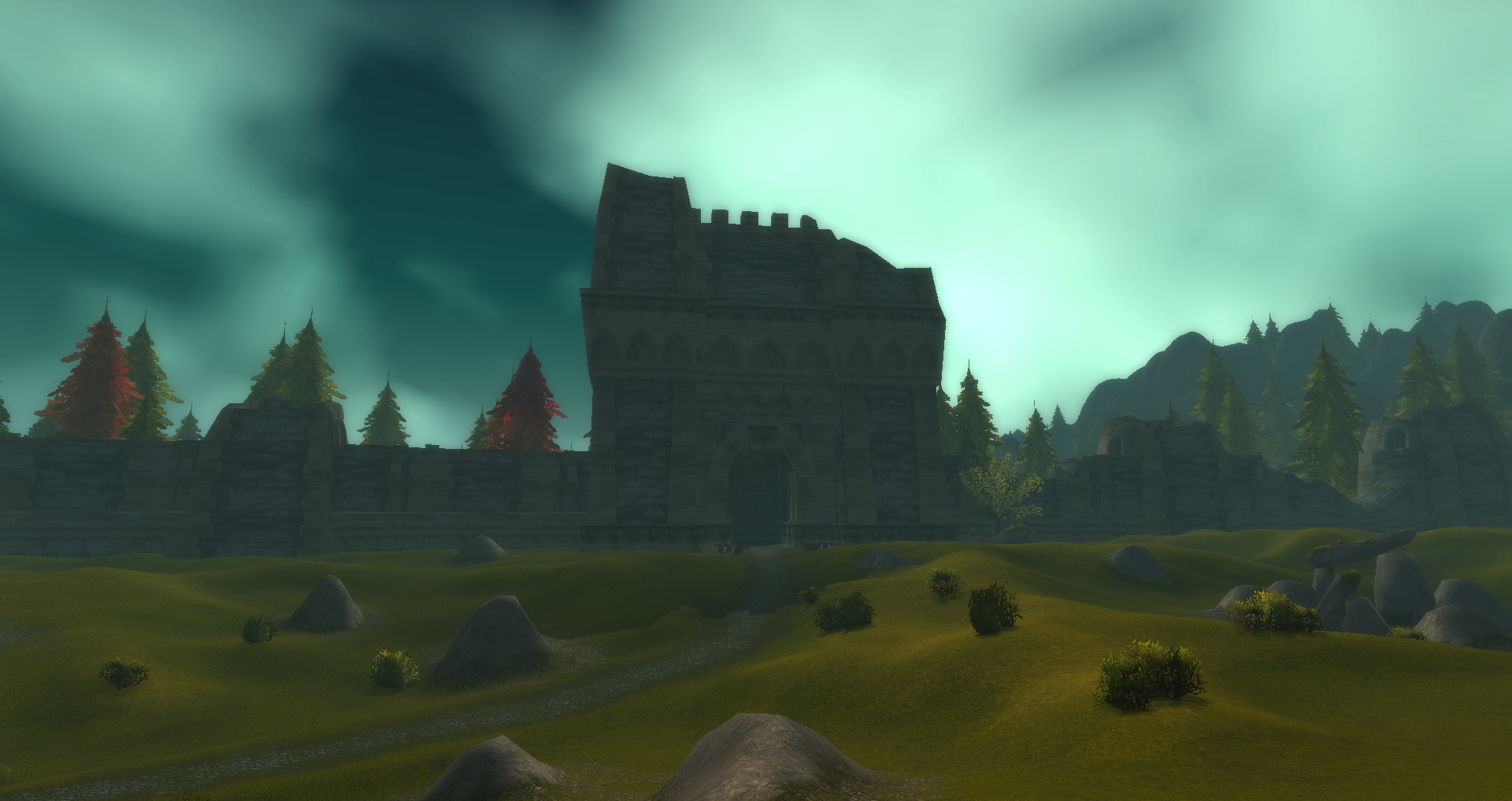
Because the Escape from Durnholde was made in the Burning Crusade, the Vanilla Eastern Kingdoms map was used when designing the dungeon. Meaning that enterprising adventurers can abuse the Bronze Dragonflight’s magic and just go back in time and explore how the Eastern Kingdoms looked before the Cataclysm! The method is somewhat complex, but I’ve detailed how to do it in the video above (fair warning, you will need a druid).
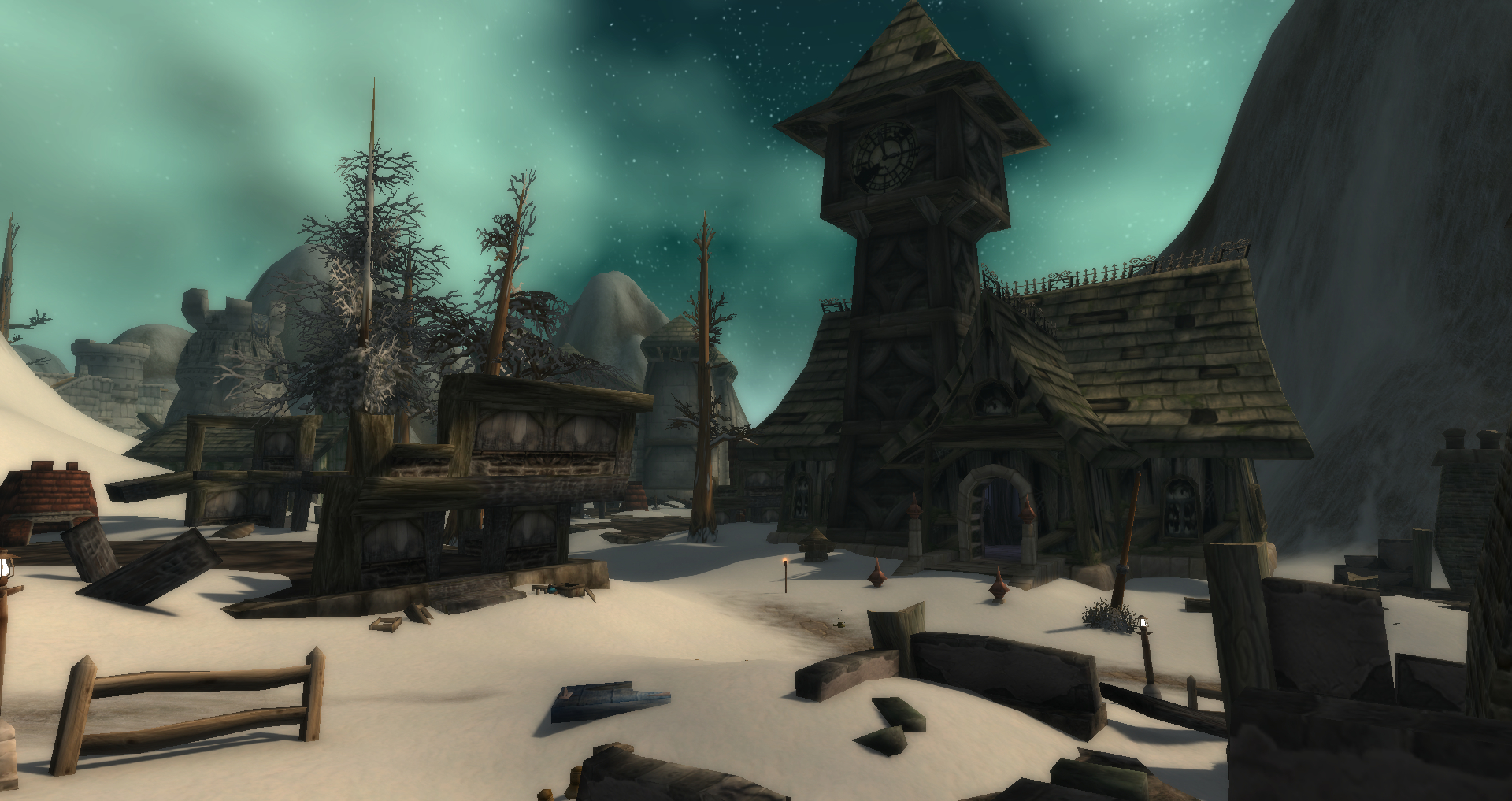
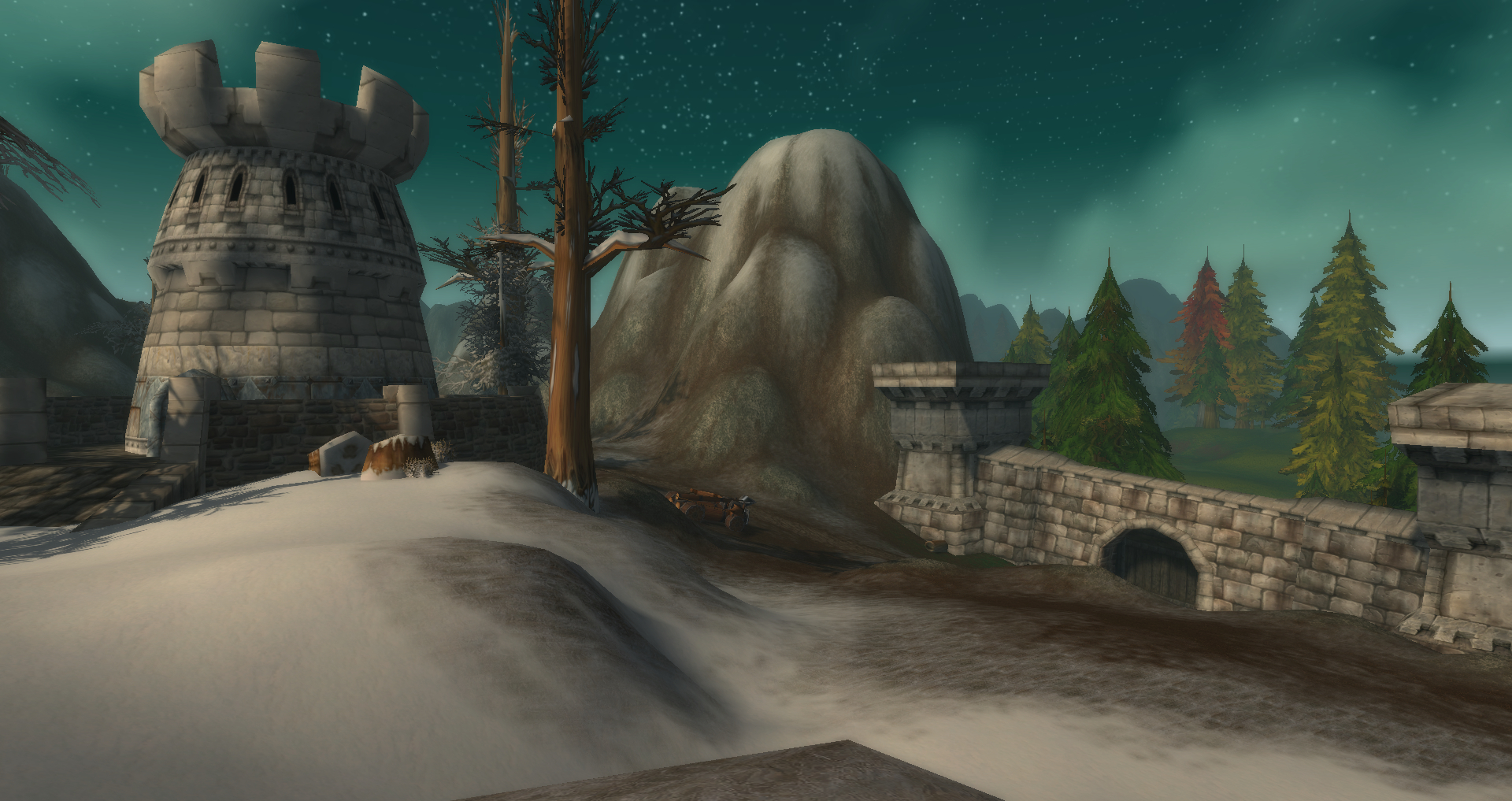 Heading north from Tarren Mill, the first area we come across is the Ruins of Alterac. While the town wasn’t overhauled in Cataclysm; the watchtower just outside the town has been destroyed on live, but is still intact in the vanilla version of the dungeon.
Heading north from Tarren Mill, the first area we come across is the Ruins of Alterac. While the town wasn’t overhauled in Cataclysm; the watchtower just outside the town has been destroyed on live, but is still intact in the vanilla version of the dungeon.
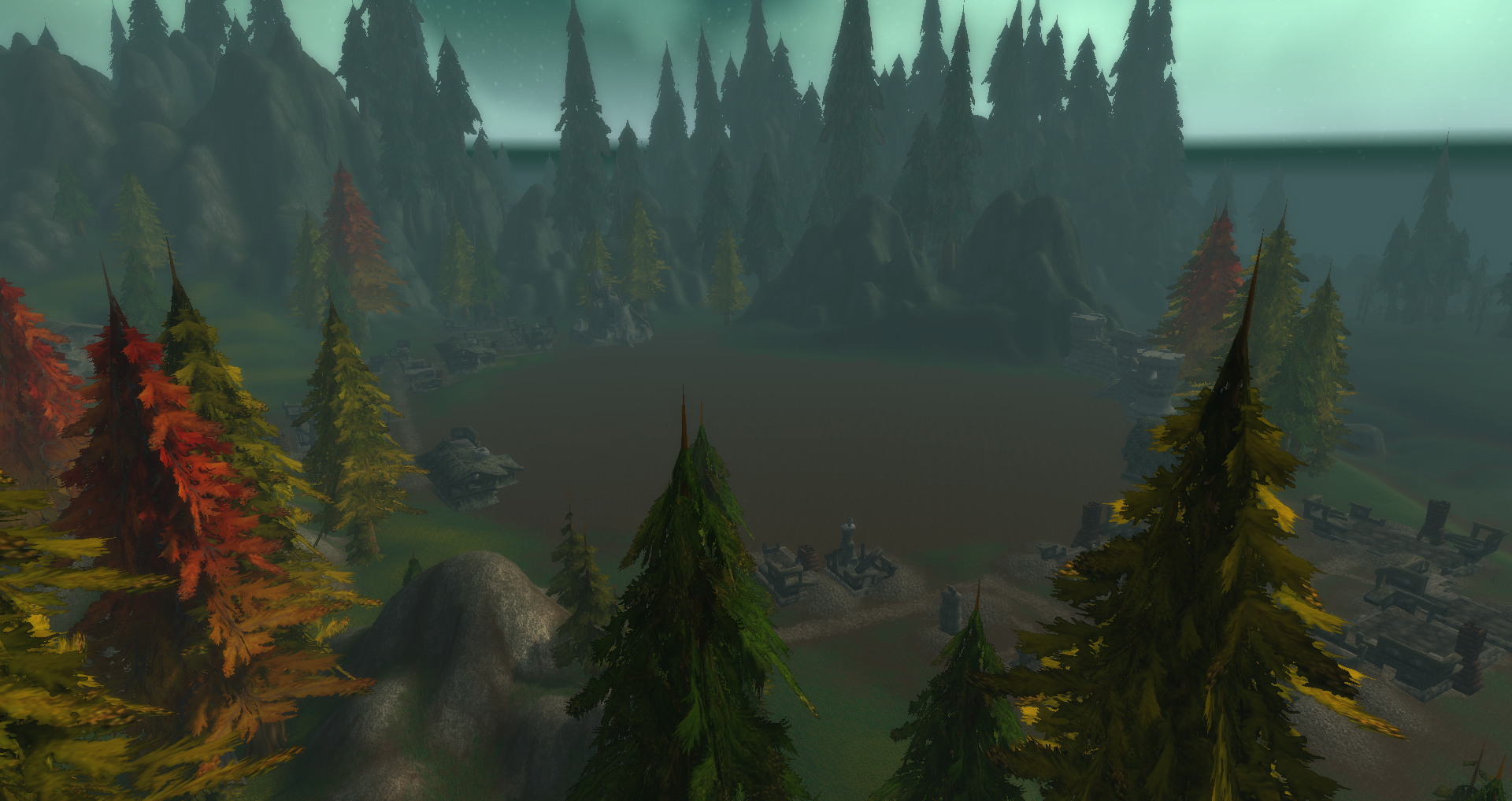
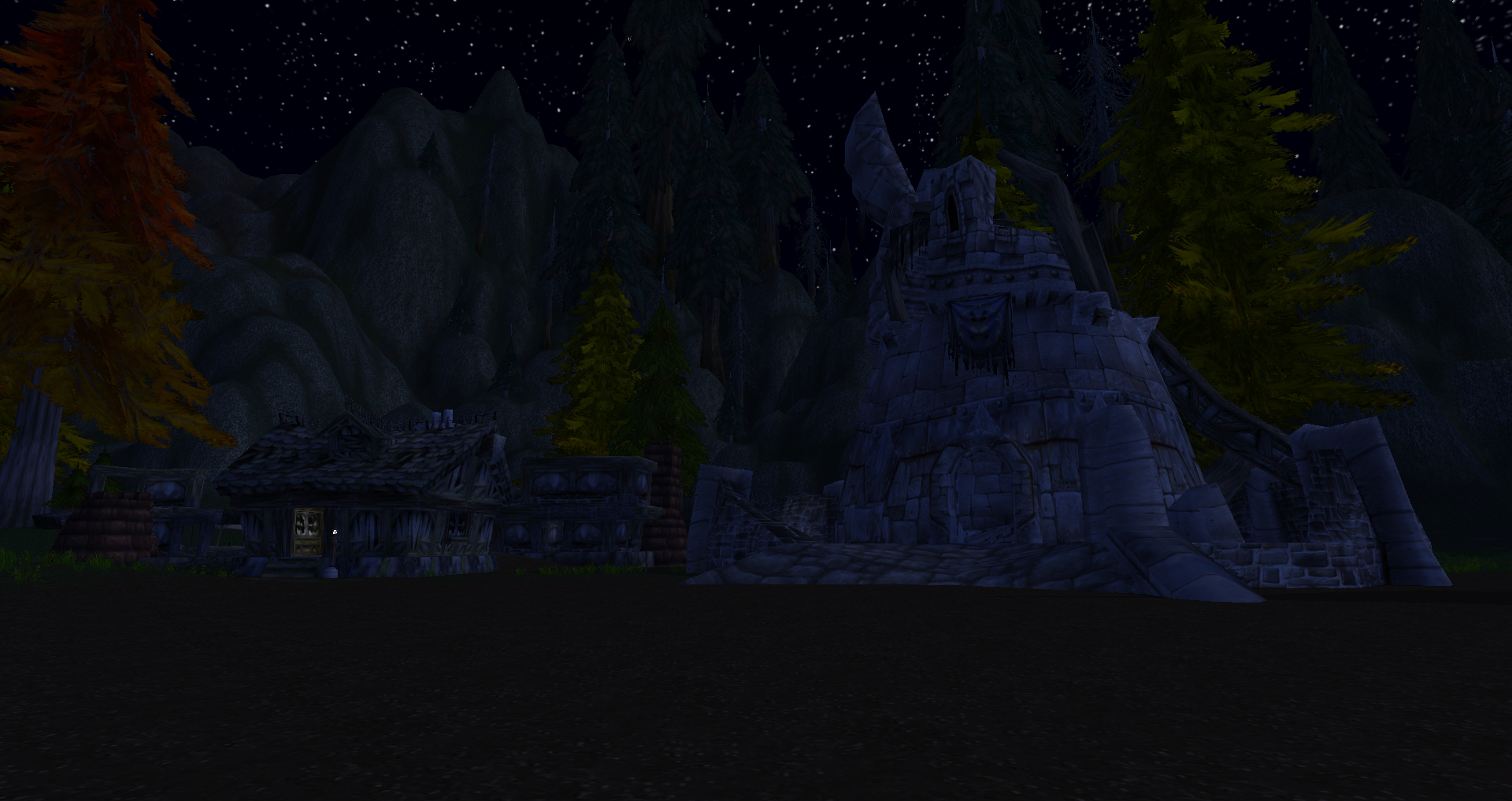 Looking over the cliff on the far side of the Ruins of Alterac, we can see where the City of Dalaran is supposed to be. In the Burning Crusade, Dalaran had not yet been teleported to Northrend and was still under an impenetrable dome in the Hillsbrad Foothills. Because players couldn’t see through or pass into the dome, the developers never bothered to design an actual city underneath it; meaning that the great city of Dalaran was, in reality, a large circle of dirt.
Looking over the cliff on the far side of the Ruins of Alterac, we can see where the City of Dalaran is supposed to be. In the Burning Crusade, Dalaran had not yet been teleported to Northrend and was still under an impenetrable dome in the Hillsbrad Foothills. Because players couldn’t see through or pass into the dome, the developers never bothered to design an actual city underneath it; meaning that the great city of Dalaran was, in reality, a large circle of dirt.

A heavy fog blurs the screen when approaching Dalaran City and Ambermill. However, an inky black potion can be used to remove the fog, which is why these screenshots are darker than the rest of the instance.
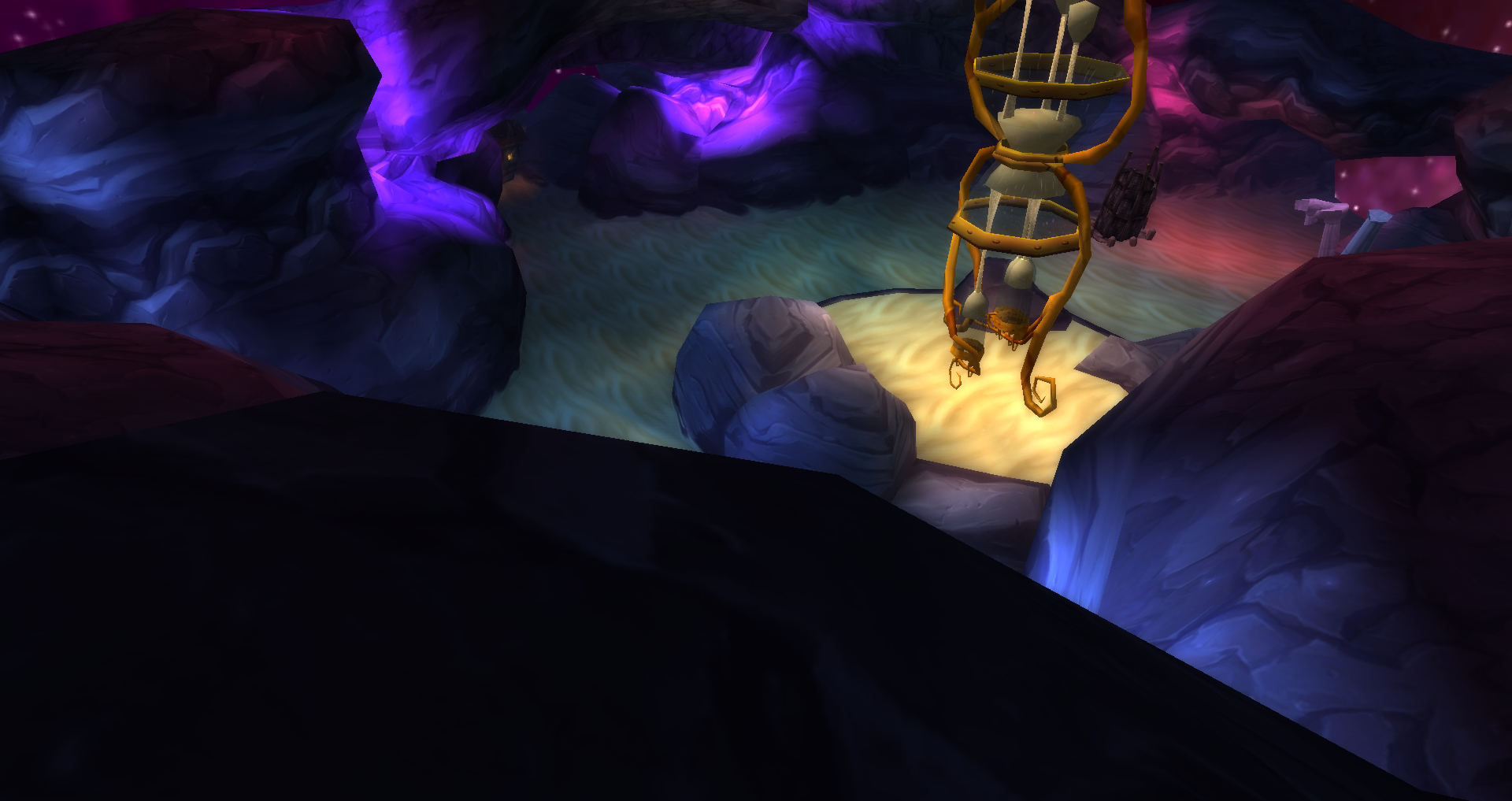
Travelling back towards where we first escaped the instance, we cross over a section of mountain where we phase into and out of a copy of the caverns of time. This area is overlaid with the Hillsbrad Foothills map, and works similarly to the Netherspace in the Karazhan article from two weeks ago. Unfortunately, you can’t get down into the lower sections of the chamber because it intersects with the ground.
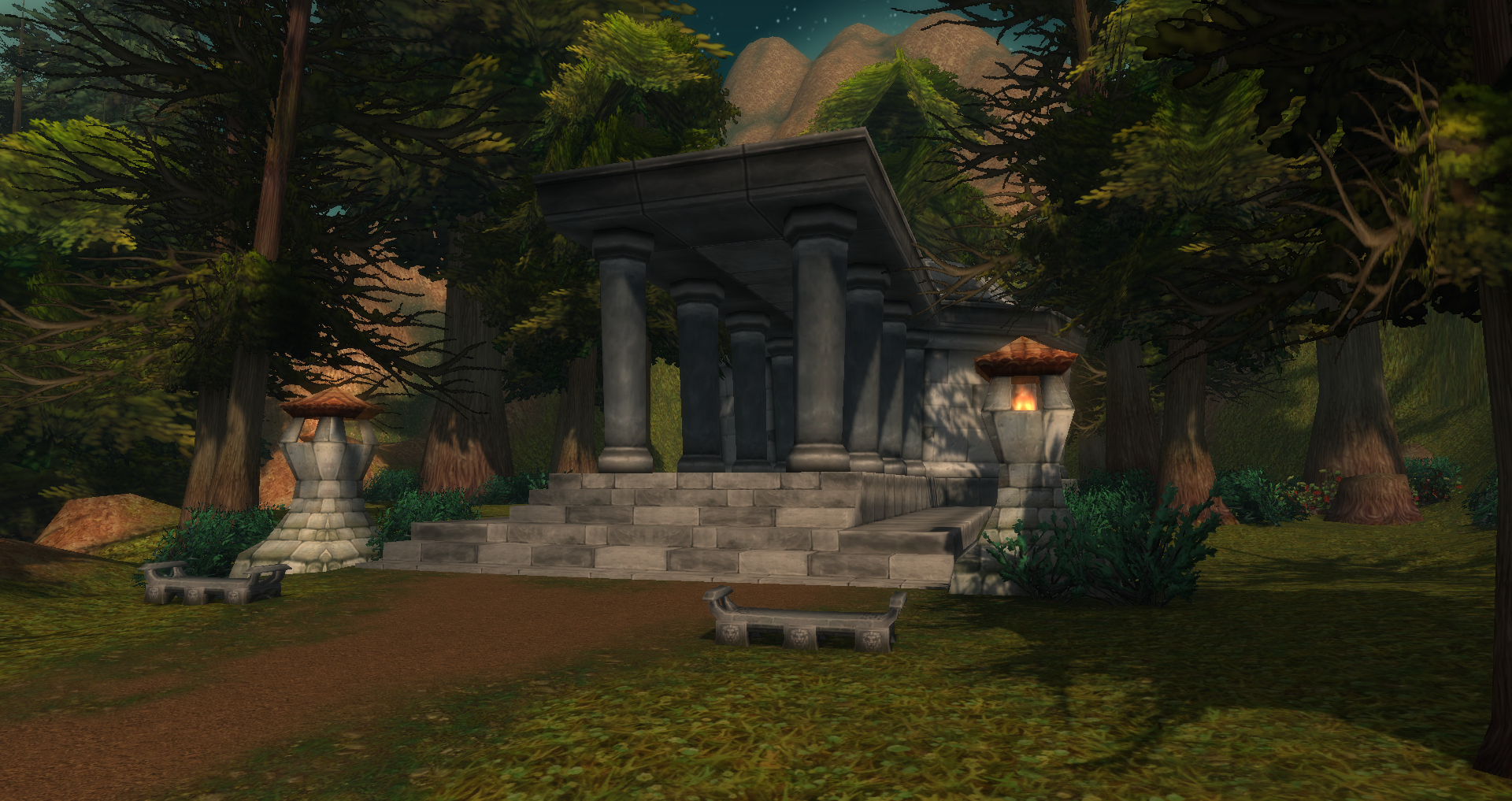
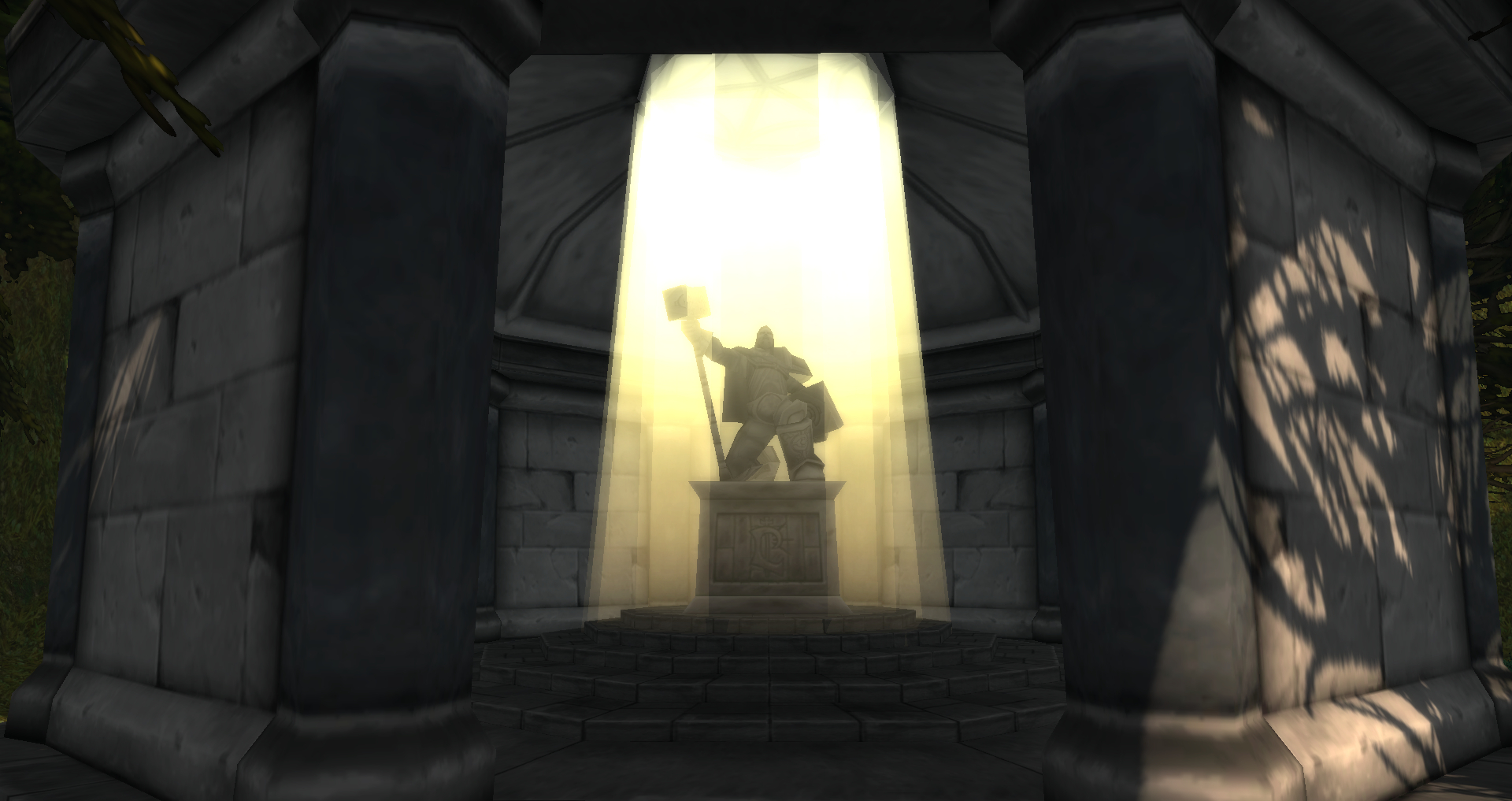 Continuing down to the instanced edge of the Western Plaguelands, we come across Uthers Tomb. While the Tomb itself hasn’t been changed, the pathway leading up to it has been decorated with large hedges, flowers, and stone pedestals.
Continuing down to the instanced edge of the Western Plaguelands, we come across Uthers Tomb. While the Tomb itself hasn’t been changed, the pathway leading up to it has been decorated with large hedges, flowers, and stone pedestals.
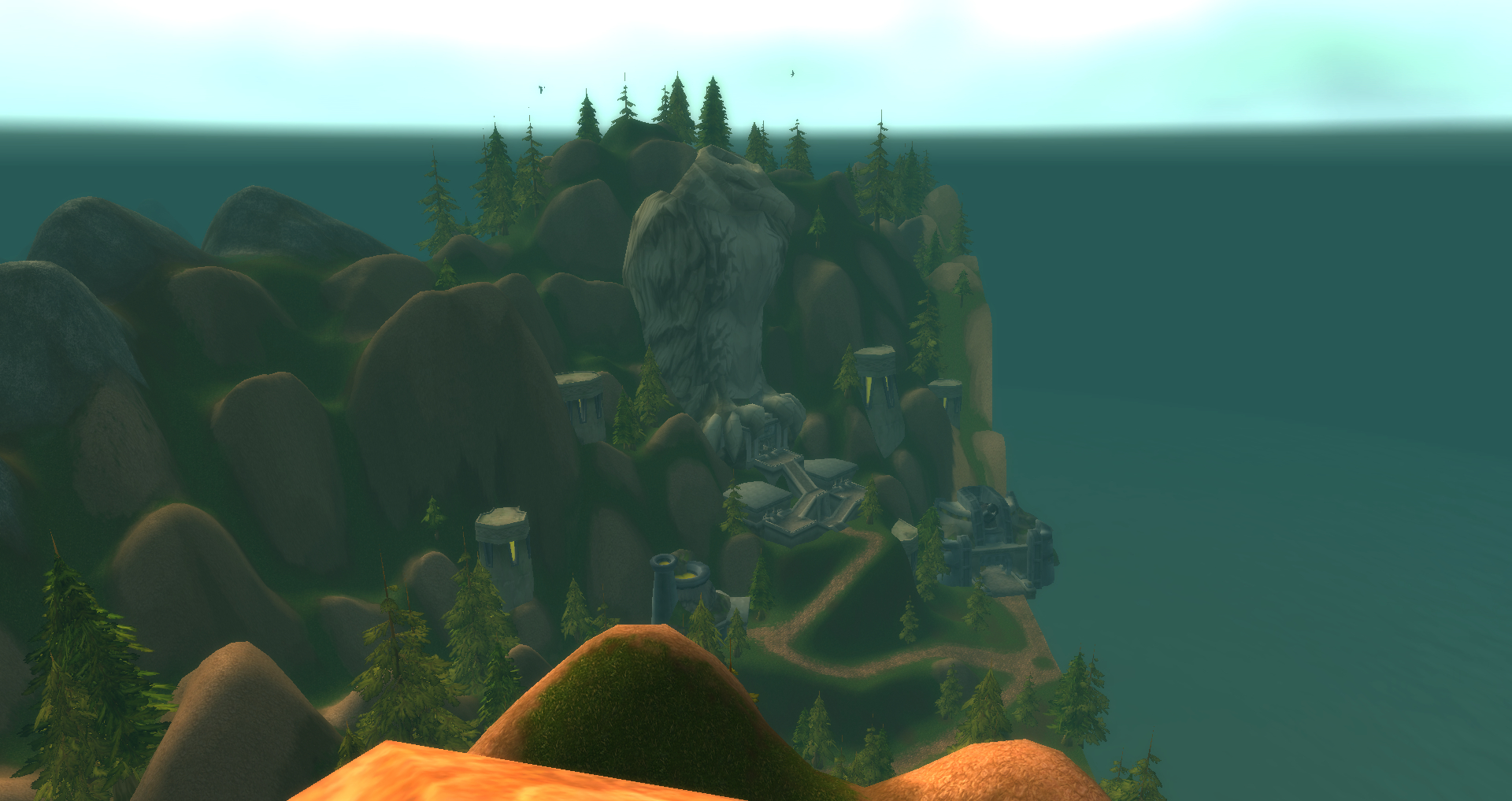
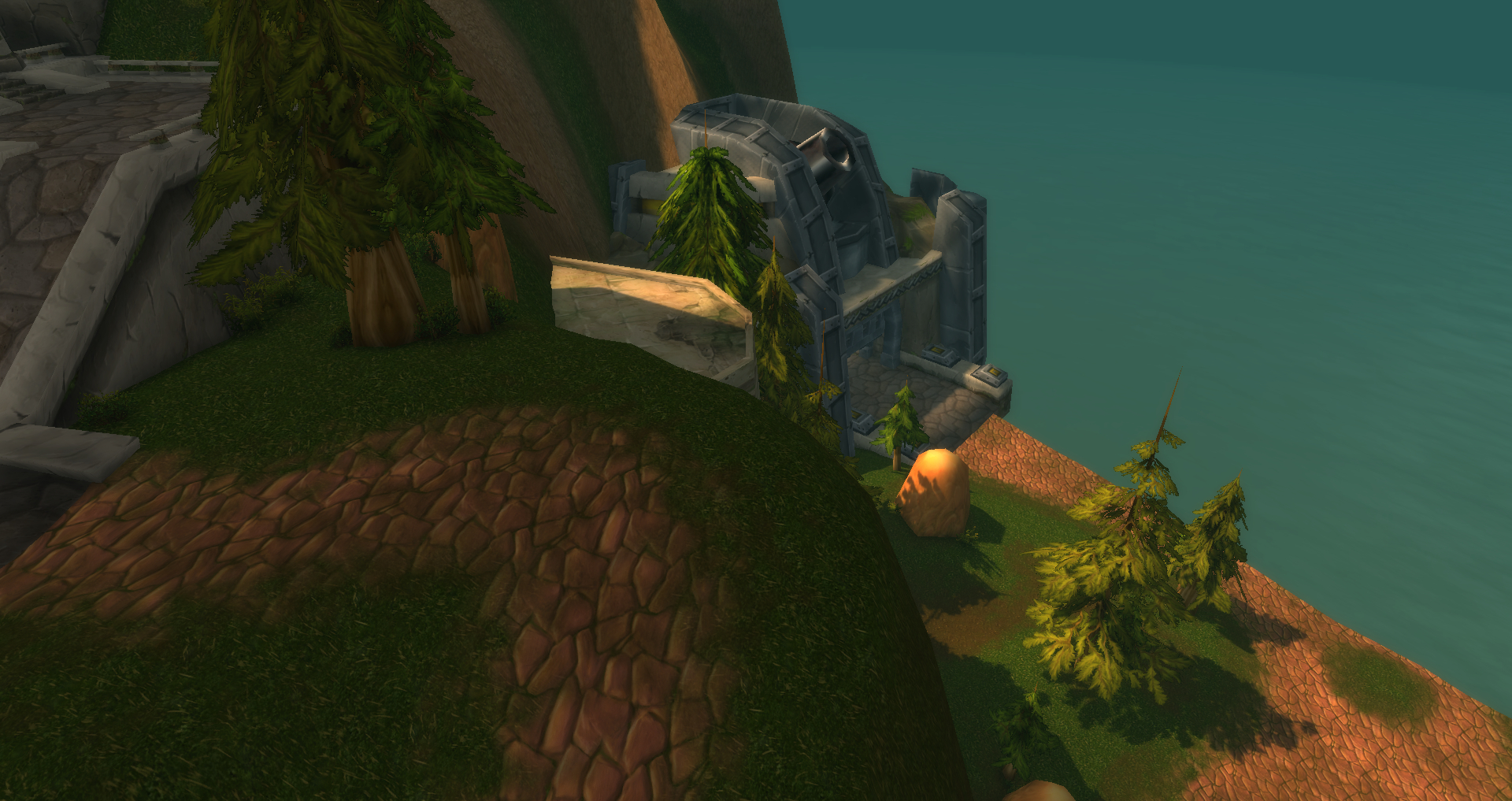 After a brief mountain climbing stint (also showcased in the video above), we pass over the ridge-line and into the Hinterlands, where we can explore the Wildhammer city of Aerie Peak. A large section of the zone has been cut off, and the various buildings collide with the terrain; but the iconic eagle statue still towers over its tiny pocket of valley hidden within the Durnholde Keep dungeon.
After a brief mountain climbing stint (also showcased in the video above), we pass over the ridge-line and into the Hinterlands, where we can explore the Wildhammer city of Aerie Peak. A large section of the zone has been cut off, and the various buildings collide with the terrain; but the iconic eagle statue still towers over its tiny pocket of valley hidden within the Durnholde Keep dungeon.
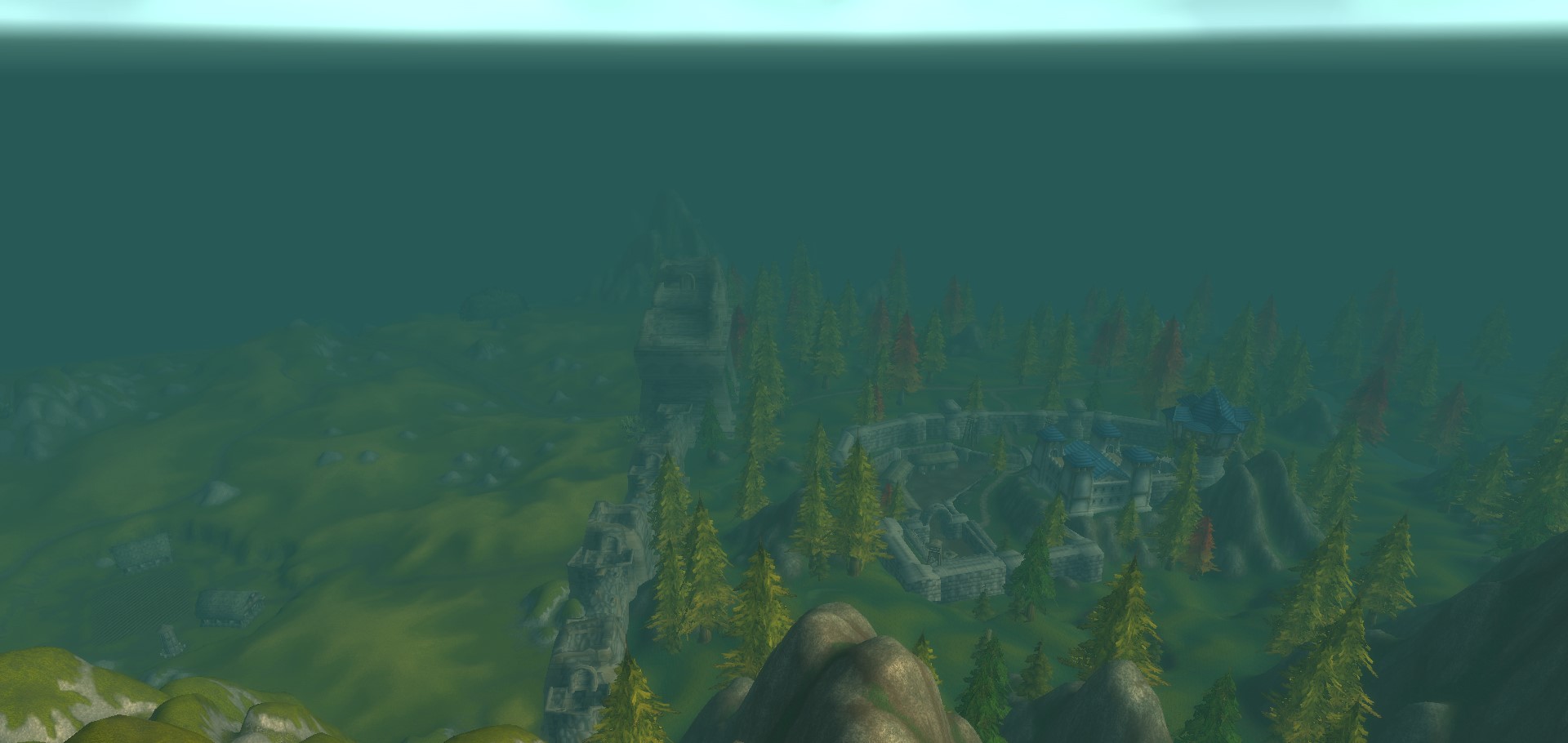
Passing over another mountain range, we’re treated to a breathtaking view of the valley below. From here we can see Durnholde Keep, Thoradin’s Wall, and Northfold Mannor.
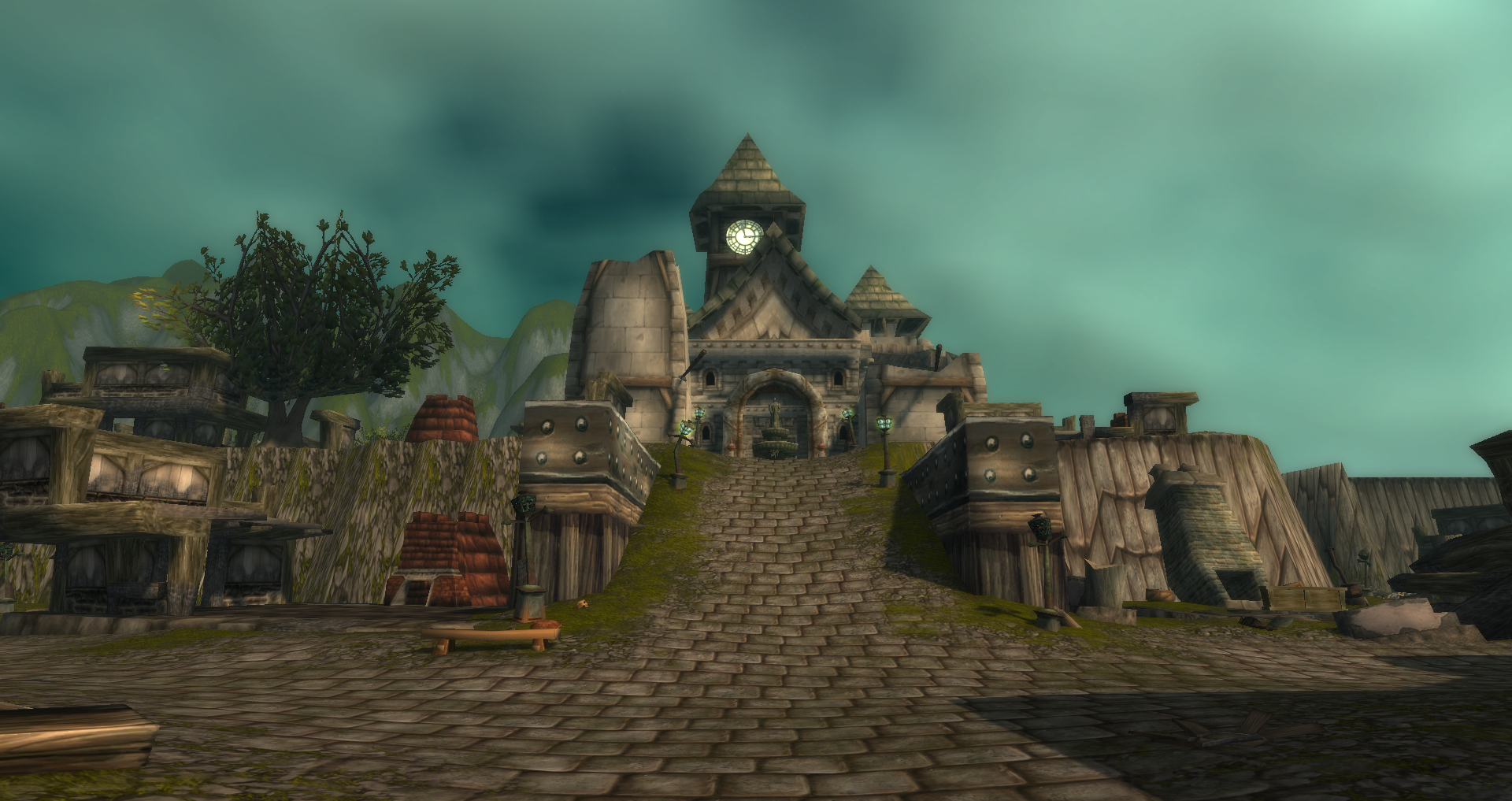
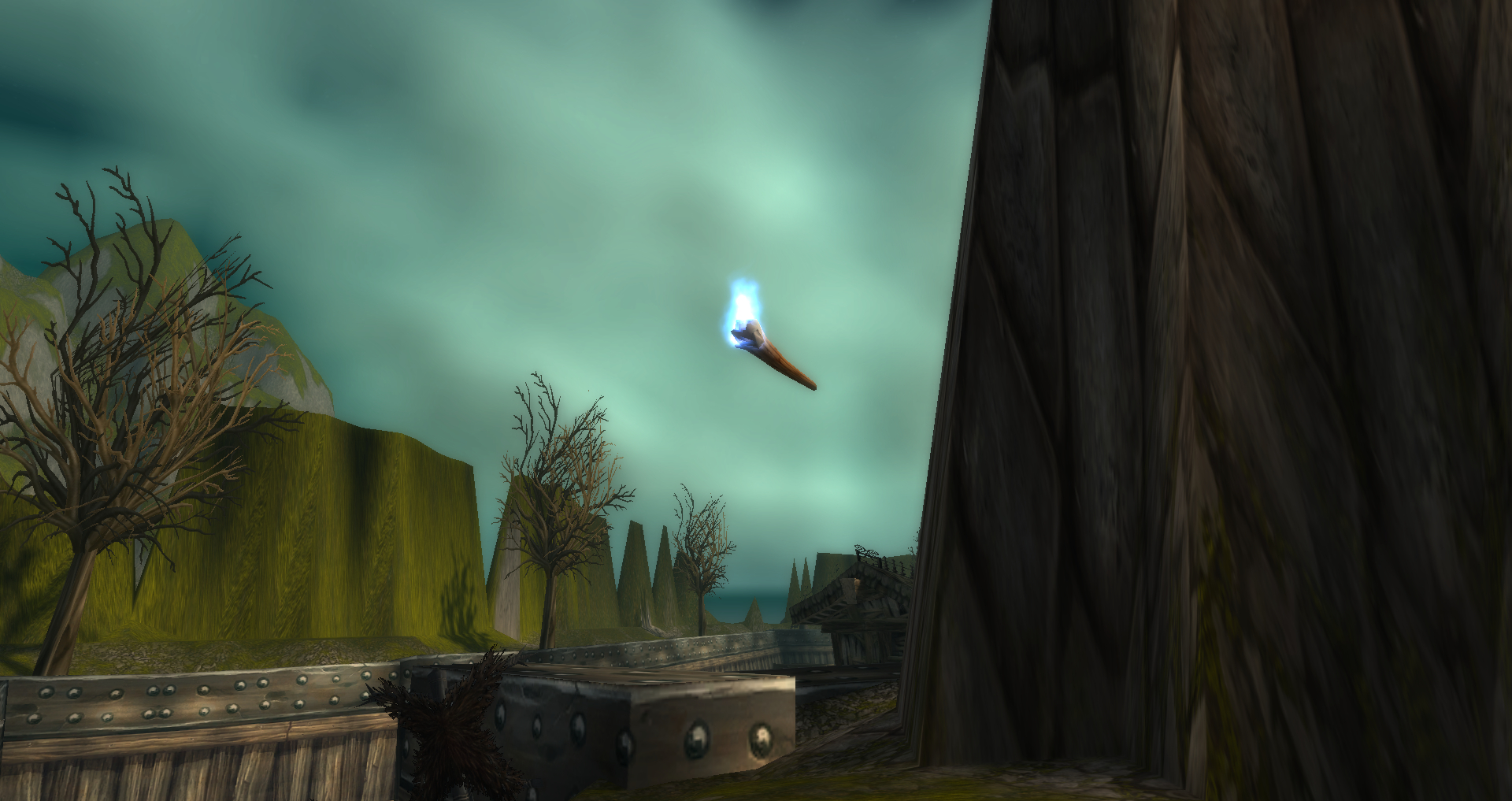 Crossing the Arathi Highlands, we come to Stromgarde Keep, the crumbling ruins of the once great human nation of Arathor. While the city hasn’t been updated since Vanilla, the Keep found inside the Escape from Durnholde is bizarre and warped. A large number of walls are missing, resulting in random bits of terrain jutting from the ground throughout the city. The crypt has been sealed off, and wooden slats cover the ground underneath the bridge. Additionally, torches float in midair.
Crossing the Arathi Highlands, we come to Stromgarde Keep, the crumbling ruins of the once great human nation of Arathor. While the city hasn’t been updated since Vanilla, the Keep found inside the Escape from Durnholde is bizarre and warped. A large number of walls are missing, resulting in random bits of terrain jutting from the ground throughout the city. The crypt has been sealed off, and wooden slats cover the ground underneath the bridge. Additionally, torches float in midair.
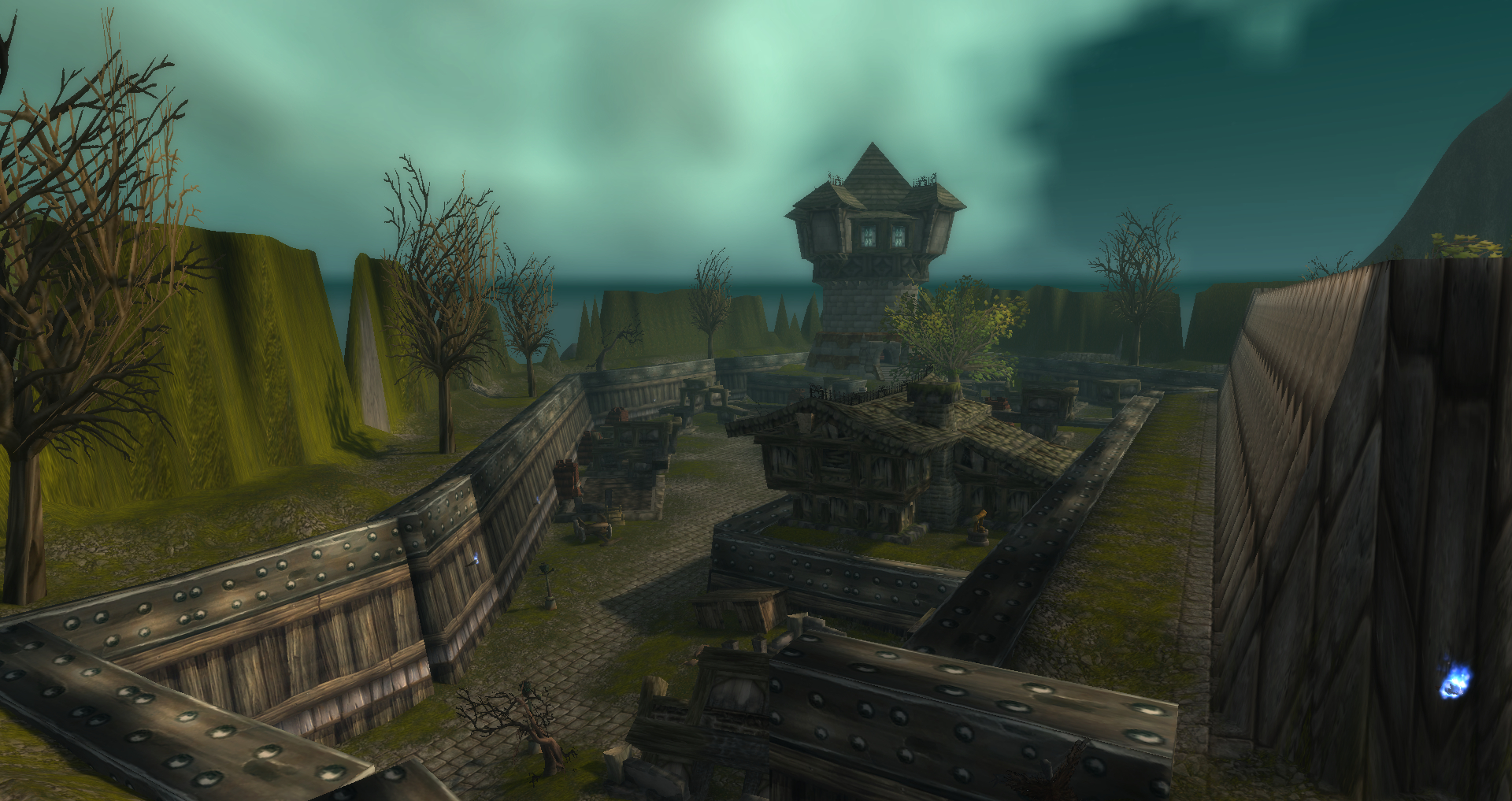
Despite only taking place across half of the Old Hillsbrad Foothills, the Escape from Durnholde has five different Vanilla zones hidden just behind its invisible walls: making it a spectacular timecapsule for players to step back into the past and explore how the Eastern Kingdoms appeared more than ten years ago.


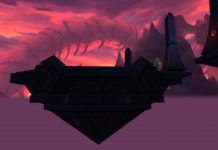
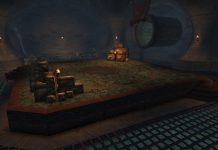
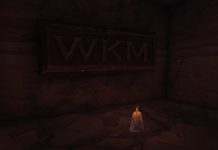



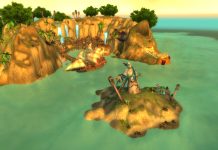







Thank you for all these discoveries in Durnholde. I didn’t know any of them.
There is a well known Easter Egg also inside the Durnholde instance. If you travel directly to Southshore after the final boss instead of leaving the instance via dragon you can see several pieces of history vital to World of Warcraft. See how many known characters you can find, and pop inside the inn to see a very important artifact in the making.